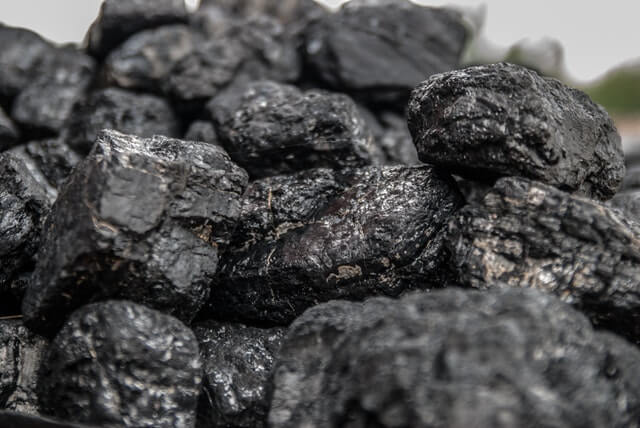The entire time you’re using your fireplace, it is releasing byproducts such as toxic fumes, particles, carbon, and creosote into your chimney system. These materials are constantly rising with the heat of the fire and out of the chimney, but some of the materials linger, sticking to the walls of your flue. This minor buildup is the very reason why routine chimney sweeps are important. If soot and creosote are allowed to buildup in the system, the efficiency of the system will drop and fire risk will rise. What’s more, creosote is flammable!

What Is Creosote?
Creosote is the shiny, flaky material that might become visible at the top of your fireplace if you run your fingers over the bricks there. In this state, it is as harmless as the soot. It can be corrosive to the masonry if left to remain (especially if a chimney leak is present). It can also be easily removed with a brush and a vacuuming system during a standard chimney sweep. It’s when the creosote isn’t removed regularly that it can become a problem.
Creosote even in its harmless, flaky state is made up primarily of tar. Tar is sticky, so it easily builds upon itself with each fire that you burn in your fireplace, stove, or insert. It’s also flammable – meaning your risk of experiencing a chimney goes up the more you have.
If soot and creosote are allowed to buildup in the system, the efficiency of the system will drop and fire risk will rise.
You could experience airflow issues too. As it builds up, the creosote forms a large mass in the system, sometimes slowing the airflow through the flue substantially and leading to even more buildup. And when the air stalls in the system, more creosote and soot settle onto the walls, adding to the already growing buildup.
As the hot air from the fire moves up the chimney more slowly due to the obstructions on the flue walls, the air heats the creosote buildup itself. The creosote boils and any water content vaporizes, leaving behind a hardened, “glazed” mass of fuel once it cools. With the water gone, glazed creosote becomes a dangerous problem because it is concentrated fuel, inside your chimney. Not only is this a serious fire hazard, but it is more difficult to remove than regular creosote!
Removing Glazed Creosote
It is not as easy to remove glazed creosote as it is to remove basic soot and creosote during a standard chimney sweep. In fact, it can’t be done. In order to have your glazed, or level three creosote buildup removed, it takes a special appointment. Glazed creosote removal requires a chemical agent that is brushed onto the creosote. As it’s absorbed by the creosote, it is transformed from a hard, black mass to brittle flakes. An amateur might attempt to chisel and scrape glazed creosote from your flue system, damaging the liner in the process.
Our technicians at The Mad Hatter are trained in the use of industrial products designed for professional use. You cannot purchase glazed creosote remover, but we can definitely use it to restore your chimney back to safety and efficiency.
The National Fire Protection Association (NFPA) recommends chimney sweeps and inspections as the #1 thing that keeps chimneys safe and efficient. Don’t neglect your chimney this fall. Schedule your services now.
Call us at 317-596-0200 or schedule online today.
